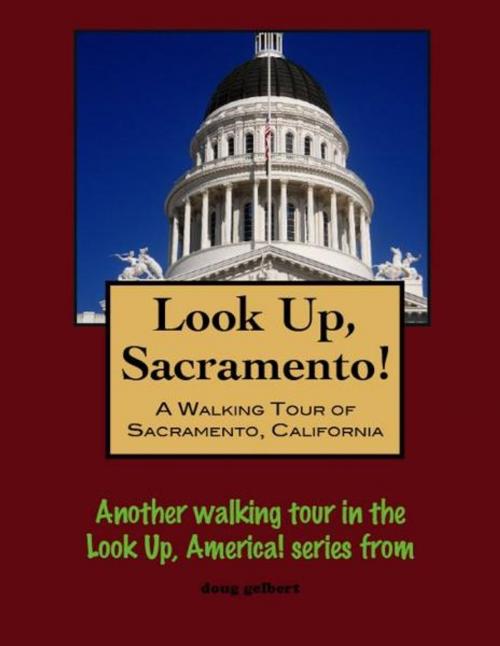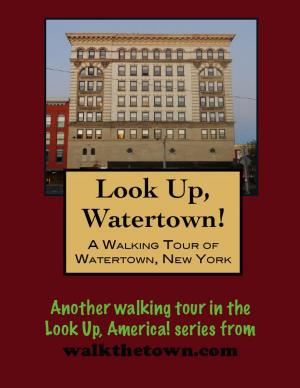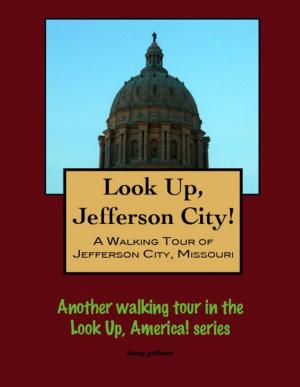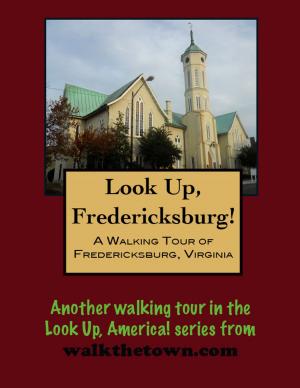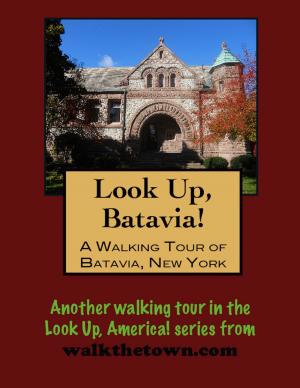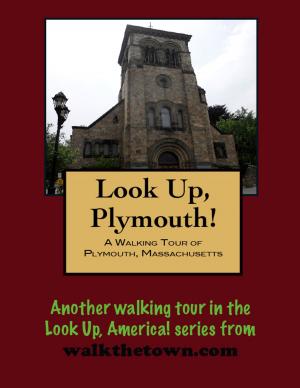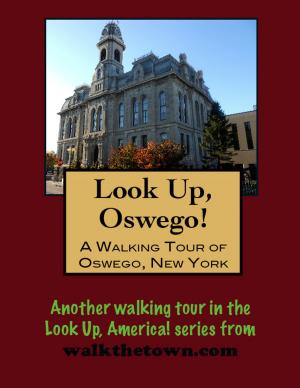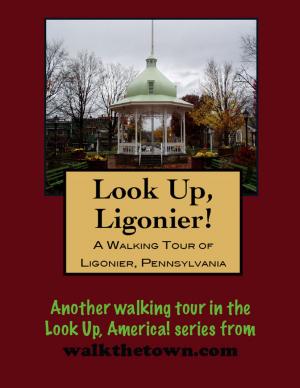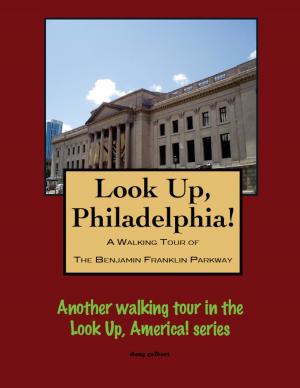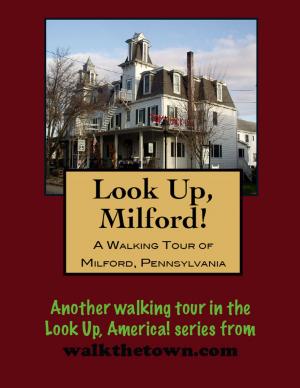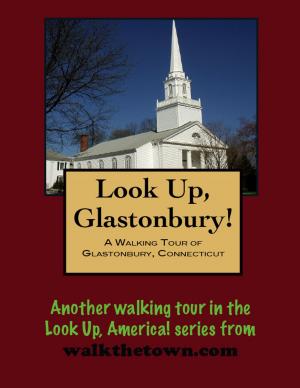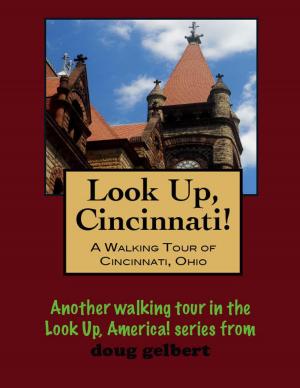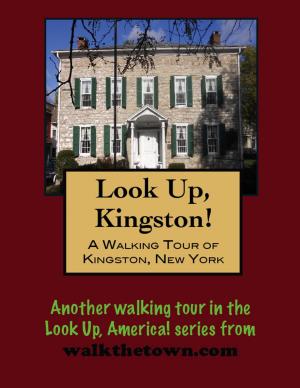Look Up, Sacramento! A Walking Tour of Sacramento, California
Nonfiction, Travel, United States, West, History, Americas| Author: | Doug Gelbert | ISBN: | 9781476299389 |
| Publisher: | Doug Gelbert | Publication: | August 2, 2012 |
| Imprint: | Smashwords Edition | Language: | English |
| Author: | Doug Gelbert |
| ISBN: | 9781476299389 |
| Publisher: | Doug Gelbert |
| Publication: | August 2, 2012 |
| Imprint: | Smashwords Edition |
| Language: | English |
There is no better way to see America than on foot. And there is no better way to appreciate what you are looking at than with a walking tour. Whether you are preparing for a road trip or just out to look at your own town in a new way, a downloadable walking tour is ready to explore when you are.
Each walking tour describes historical and architectural landmarks and provides pictures to help out when those pesky street addresses are missing. Every tour also includes a quick primer on identifying architectural styles seen on American streets.
Wielding a Mexican land grant for some 44,000 acres, John Sutter arrived at the confluence of the American and Sacramento rivers in 1939 and established Sutter’s Fort with dreams of its one day becoming a major Western commercial center. That vision would be realized but not in the way John Sutter hoped. In January of 1848 Sutter sent an employee, James W. Marshall, to the banks of the American River to construct a sawmill. Marshall found a flake of gold and within months men from across America were headed for the Sierra foothills. The California Gold Rush prospectors overran Sutter’s land and slaughtered his herds of livestock. By 1849 Sutter had given up on his empire, placed his son in charge of the business and retired.
Sutter’s Embarcadero (Spanish for “landing”) became Sacramento and the town grew rapidly as a trading and supply center for the gold fields. In 1850, the first California census counted 6,820 people in Sacramento. It was a bustling place but there wasn’t much thought to making it the capital of the new state of California. For one thing the rivers flooded nearly every year, several times taking the fledgling city with it. And a devastating fire could be counted on every couple of years as well in the early days. The first, in 1852, burned everything from the waterfront up to 9th Street.
The Spanish capital had been in Monterey and the 1849 Constitutional Convention for the new State of California was held there. San Jose got the nod as state capital but the government types turned out not to like it. Mariano Guadalupe Vallejo, a Californian military commander, politician, and rancher, promised a suitable capital at his namesake town of Vallejo but he was unable to pull it together so when Sacramento made a bid in 1854 the Legislature accepted.
Not that the matter was settled in everybody’s eyes. There would be talk about moving the capital well into the 1900s from places like Berkeley and San Jose and Monterey but after over 150 years the matter seems likely settled. Sacramento is now the sixth largest city in California with 466,000 people and over 73,000 of them work for the state government.
So although we will explore the cobbled streets and historic buildings from the town’s beginnings in Old Sacramento it is appropriate that our walking tour will begin where the California government has operated for the better part of 140 years...
There is no better way to see America than on foot. And there is no better way to appreciate what you are looking at than with a walking tour. Whether you are preparing for a road trip or just out to look at your own town in a new way, a downloadable walking tour is ready to explore when you are.
Each walking tour describes historical and architectural landmarks and provides pictures to help out when those pesky street addresses are missing. Every tour also includes a quick primer on identifying architectural styles seen on American streets.
Wielding a Mexican land grant for some 44,000 acres, John Sutter arrived at the confluence of the American and Sacramento rivers in 1939 and established Sutter’s Fort with dreams of its one day becoming a major Western commercial center. That vision would be realized but not in the way John Sutter hoped. In January of 1848 Sutter sent an employee, James W. Marshall, to the banks of the American River to construct a sawmill. Marshall found a flake of gold and within months men from across America were headed for the Sierra foothills. The California Gold Rush prospectors overran Sutter’s land and slaughtered his herds of livestock. By 1849 Sutter had given up on his empire, placed his son in charge of the business and retired.
Sutter’s Embarcadero (Spanish for “landing”) became Sacramento and the town grew rapidly as a trading and supply center for the gold fields. In 1850, the first California census counted 6,820 people in Sacramento. It was a bustling place but there wasn’t much thought to making it the capital of the new state of California. For one thing the rivers flooded nearly every year, several times taking the fledgling city with it. And a devastating fire could be counted on every couple of years as well in the early days. The first, in 1852, burned everything from the waterfront up to 9th Street.
The Spanish capital had been in Monterey and the 1849 Constitutional Convention for the new State of California was held there. San Jose got the nod as state capital but the government types turned out not to like it. Mariano Guadalupe Vallejo, a Californian military commander, politician, and rancher, promised a suitable capital at his namesake town of Vallejo but he was unable to pull it together so when Sacramento made a bid in 1854 the Legislature accepted.
Not that the matter was settled in everybody’s eyes. There would be talk about moving the capital well into the 1900s from places like Berkeley and San Jose and Monterey but after over 150 years the matter seems likely settled. Sacramento is now the sixth largest city in California with 466,000 people and over 73,000 of them work for the state government.
So although we will explore the cobbled streets and historic buildings from the town’s beginnings in Old Sacramento it is appropriate that our walking tour will begin where the California government has operated for the better part of 140 years...
